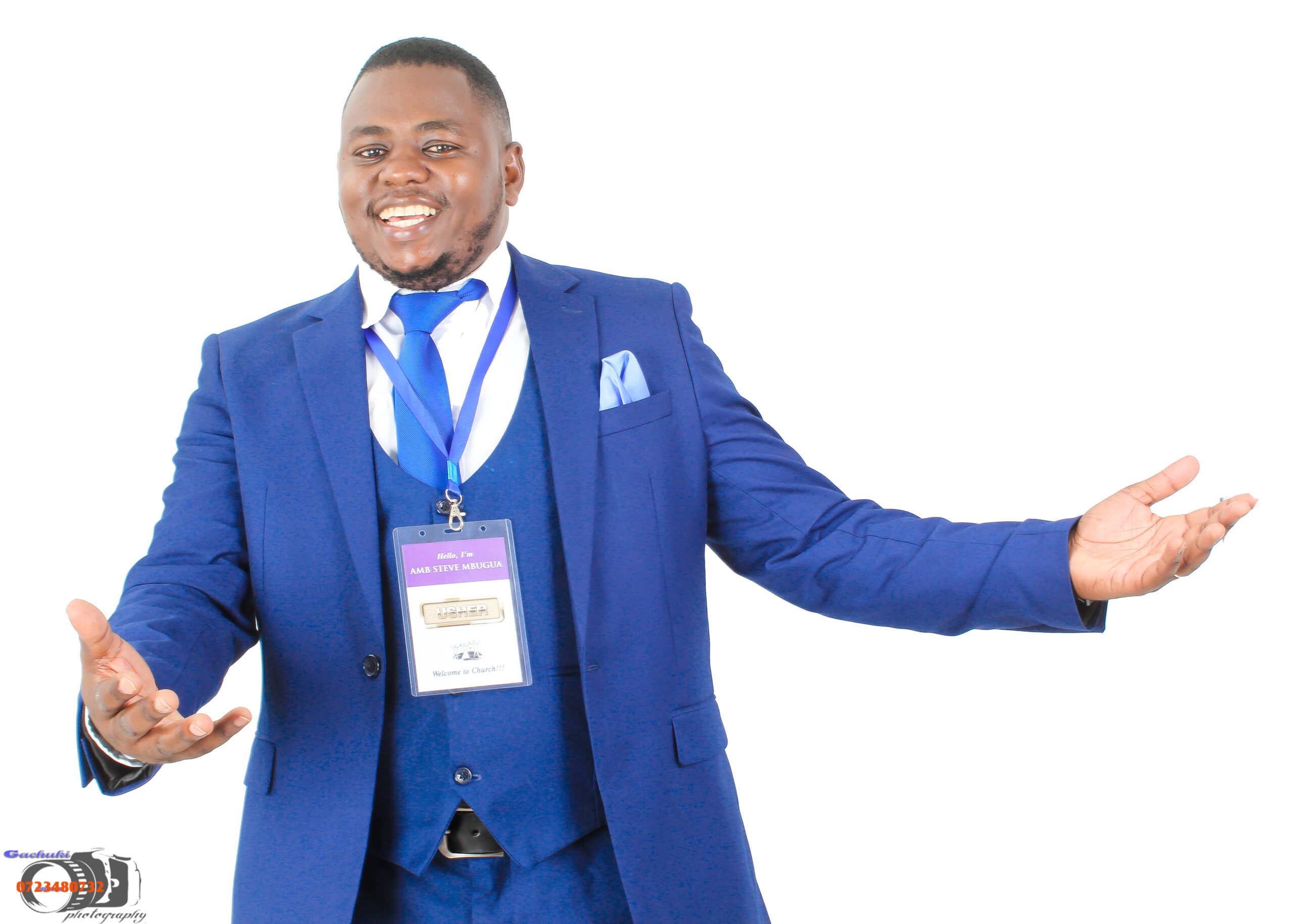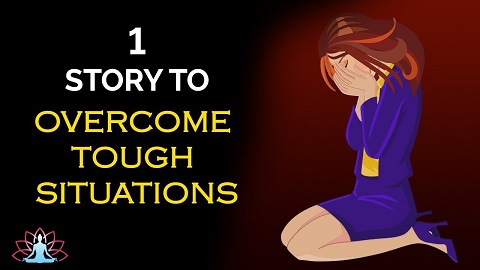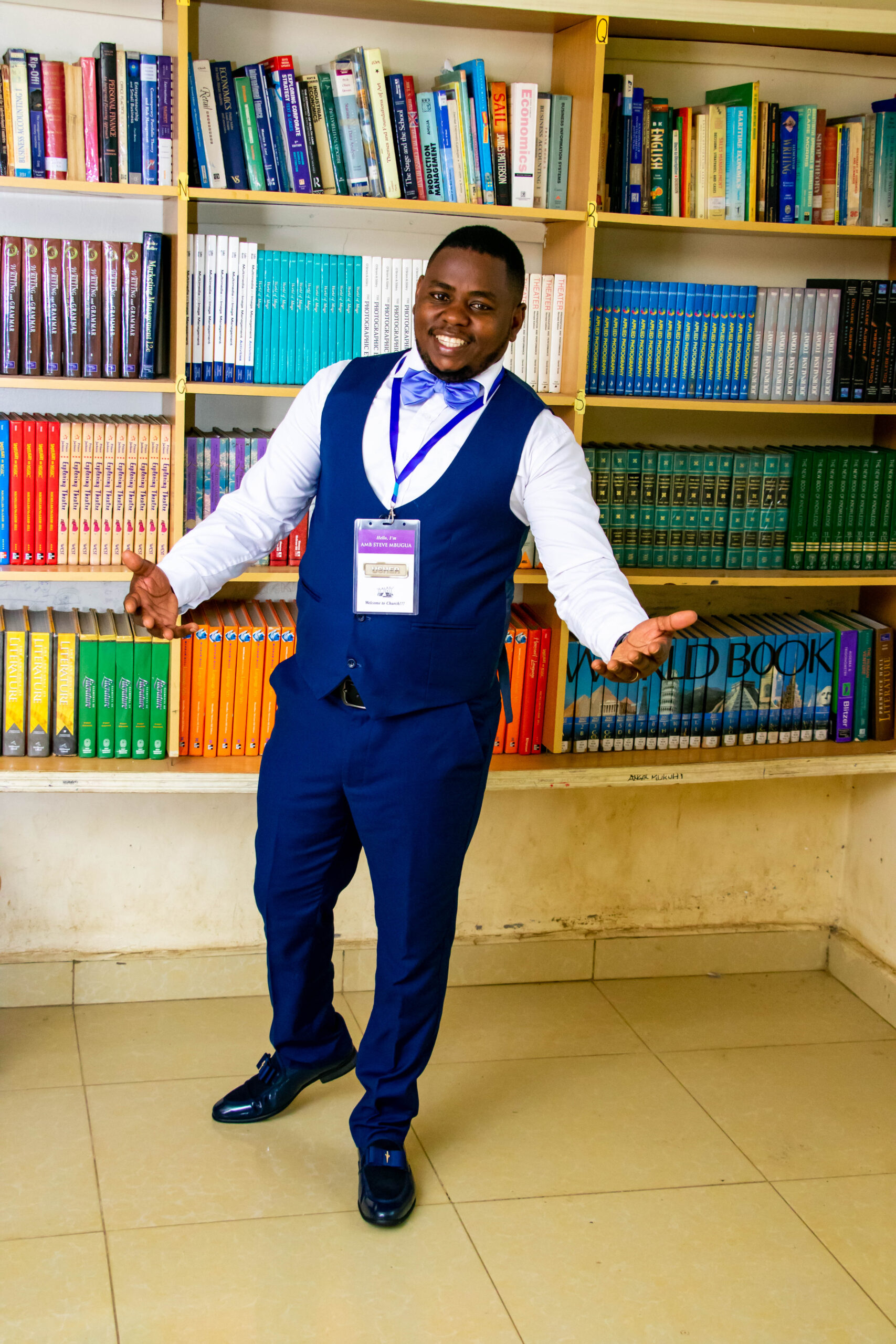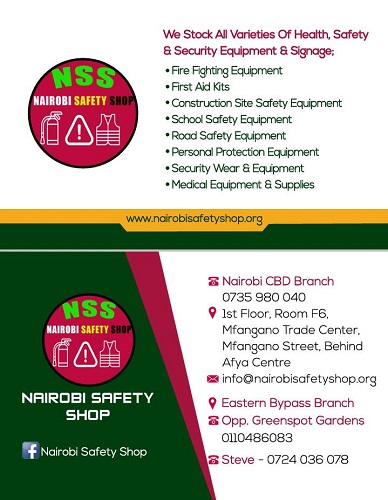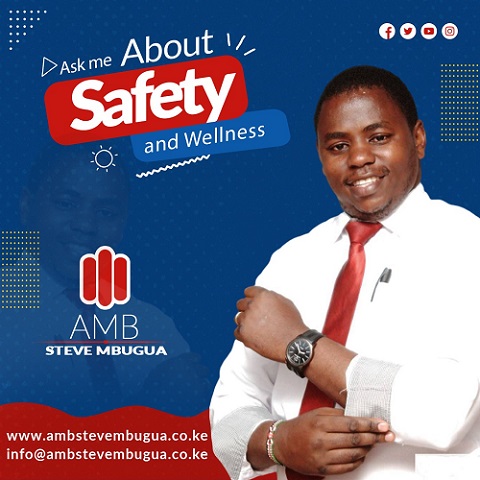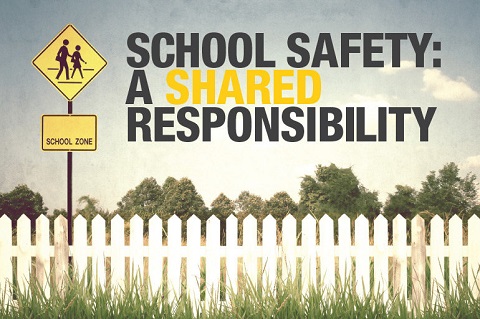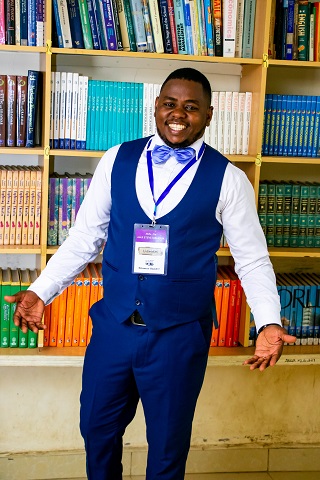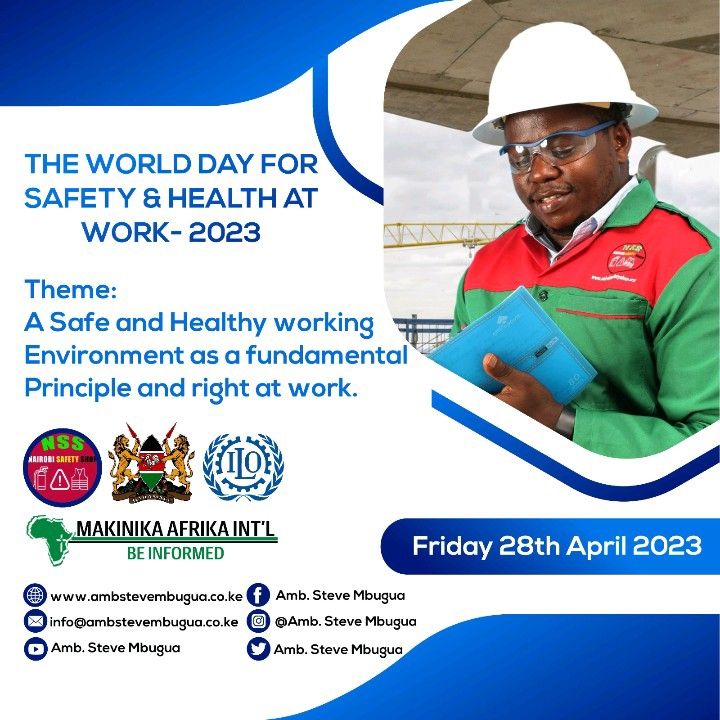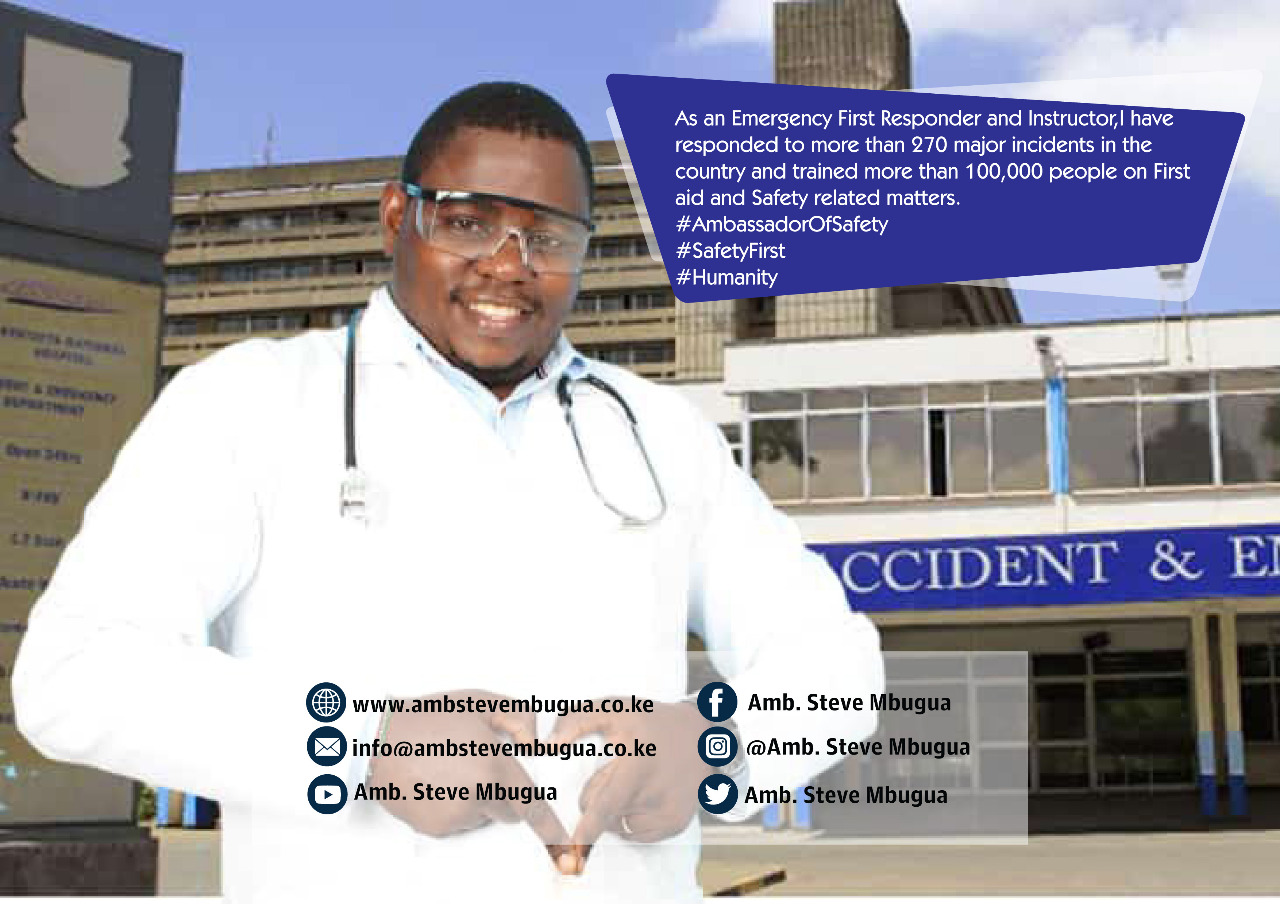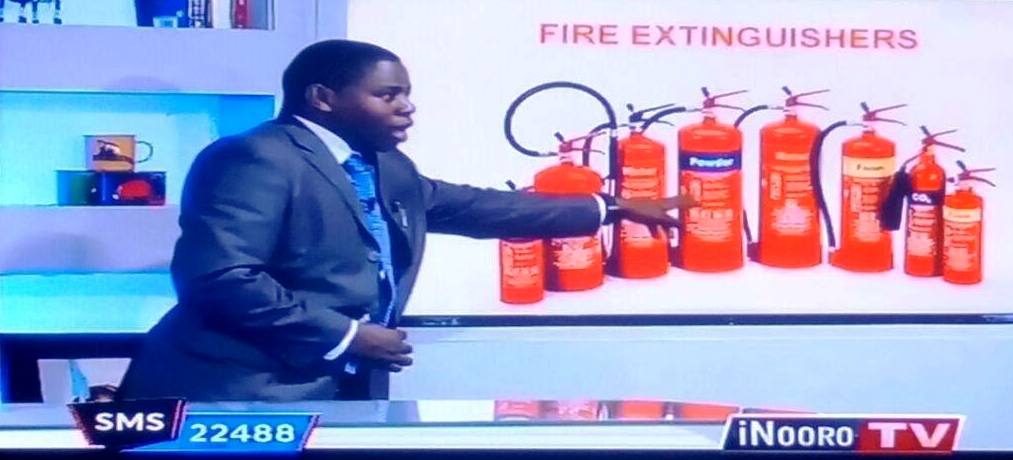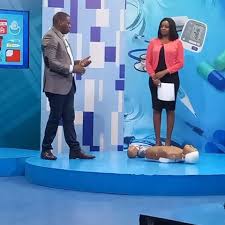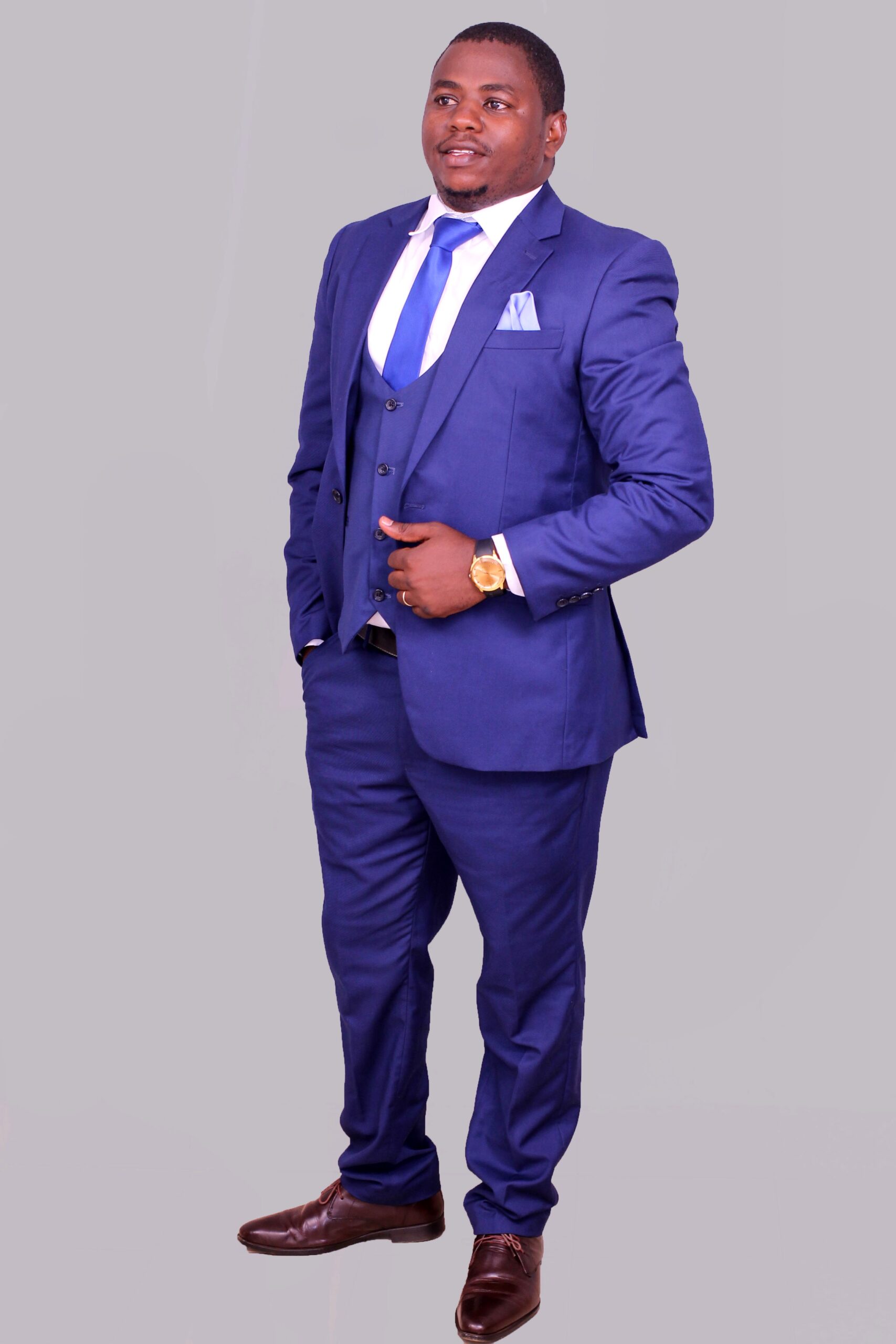A study by Makinika Afrika International, a premier safety and training company, found that 82% of parents didn’t know what to do if their child was choking, nose bleeding, having epileptic attack or had just burned their fingers.
Seeing the need to have parents, nannies and other baby minders to learn basic life saving skills more so Pediatric First Aid , the company in partnership with Keren Foundation has launched Life Saver for Babies and Children campaign to help educate people on how to baby-proof the house and to assist the baby/child in case of any incident.
An injured child requires more than parent love. S/he require a person with atleast basic first aid skills to preserve the life, prevent worsening of the condition and promote recovery.
Below are some guidelines on what to do in case of any pediatric related incident.
CHOKING
- Give up to five back blows. Hit them firmly on their back between the shoulder blades. If back blows do not dislodge the object, move on to step two.
- Give up to five abdominal thrusts. Hold the child around the upper abdomen and pull inwards and upwards above the child’s belly button. If abdominal thrusts do not dislodge the object, repeat steps one and two.
- Call the ambulance if the object has not dislodged after three cycles of back blows and abdominal thrusts.
- Keep on repeating the procedures untill the Ambulance arrive or you get to the hospital.
- Encouraging coughing helps in management of minor choking.
COUP
The child has difficulty breathing, and a short barking cough. Their cough may also sound like crowing or whistling.
- When you observe these symptoms, sit the child up and create a steamy atmosphere by boiling a kettle or running a bath.
- Encourage the child to relax enough to breathe in the steam, and if the symptoms continue seek medical advice.
NOSE BLEEDING
- Pinch the soft part of the child’s nose and ask them to lean forward.
- Continue to pinch the soft part of their nose for ten minutes.
- Seek medical advice if the bleeding continues for more than half an hour.
FEVER
The baby or child has a raised temperature (above 37°C), hot, flushed skin and is sweating.
- Check their temperature by using a thermometer.
- Remove excess clothes and give them fluids such as water or diluted juice.
- Give the recommended dose of paracetamol syrup.
SEIZURE
The child may be twitching (limbs and face), arch their back, stiffen their body and have clenched fists. They look red-faced, are hot to touch and sweating.
- Protect the child from injury. Do not restrain them.
- Remove outer clothing to help cool them.
- When the seizure is over, help the child to rest on their side with their head tilted back(recovery position). If the symptoms continue or it is their first seizure, seek medical advice.
HEAD INJURY
- Get the baby or child to rest and apply something cold to the injury (e.g. ice, frozen vegetables wrapped in a tea towel).
- If they become drowsy, vomit, or their condition deteriorates call an ambulance.
SEVERE BLEEDING
- Put pressure on the wound with whatever is available to stop or slow down the flow of blood.
- Cover with a dressing and call an ambulance.
- Keep pressure on the wound until help arrives.
MASSIVE ALLERGIC REACTION
The baby or child may develop a red, blotchy rash, itchiness or swelling on their hands, feet or face. Their breathing may slow down.
- When you observe any of these symptoms, call an ambulance.
- When there is a known allergy, use their auto-injector, following the recommended guidance.
- Reassure the baby or child, and make them as comfortable as possible while you wait for the ambulance.
BURNS
- Cool the burn under cold running water for at least ten minutes.
- Cover the burn with cling film, or a clean plastic bag.
- Call an ambulance if necessary.
MENENGITIS
The baby or child may have flu-like symptoms, a headache and a high temperature. They may also complain of a stiff neck and be sensitive to light. At a later stage, a rash may form (that does not disappear when a glass is pressed against it).
- If you observe any of these symptoms, call an ambulance.
- Give them constant reassurance while waiting for the ambulance.
ANIMAL BITES
- Wash wound well with soap and water. Call the pediatrician. The child may need a tetanus or rabies shot or antibiotics.
- Control bleeding using a sterile dressing.
BRUISES
- Apply cool compresses. Call the pediatrician/ambulance if the child has a crush injury, large bruises, continued pain, or swelling. The pediatrician may recommend acetaminophen for pain.
Parents often require that a nanny or childminder has paediatric first aid training before they are willing to hire them to look after their children. But many parents don’t have the basic first aid knowledge to handle simple injuries at home.
For Emergency medical services, you can call St John Ambulance Kenya via 0721225285/0202210000, Kenya Redcross 0700396395/1199, AAR 0725225225, Police 999/112. Fire Brigade 0202222181/2/3
A whole Life saver for babies training takes a day but due to un availability of time for many people , Makinika Afrika has introduced a 3-4hrs sensitization which can be conducted at the clients premises. Any organized group e.g chama or a group of staff qualify for this training. This session can also be organized for a family of not more than 8 participants. For more information, clarification or booking, email to info@makinikaafrika.org . For free First Aid Video and To be part of the campaign, like https://www.facebook.com/makinikaafrika.org/ Facebook page and share the safety tip in the page in your social media sites and you may save a life through sharing the information. Together let us build a culture of safety and wellness together. #Beinformed #SafetyFirst


